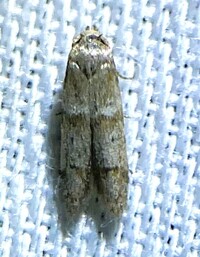
| Recorded by: Dean Furbish on 2025-08-25
Wake Co.
Comment: | 
| Recorded by: David George, Jeff Niznik, Rob Van Epps, Kevin Metcalf on 2025-07-20
Richmond Co.
Comment: |
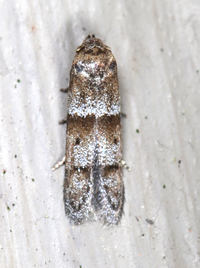
| Recorded by: Jim Petranka on 2025-07-16
Madison Co.
Comment: | 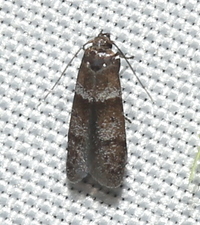
| Recorded by: David George, David Cheng, Patrick Coin on 2025-06-29
Richmond Co.
Comment: |

| Recorded by: Mark Basinger on 2025-06-10
Wilson Co.
Comment: | 
| Recorded by: David George on 2025-06-07
Durham Co.
Comment: |
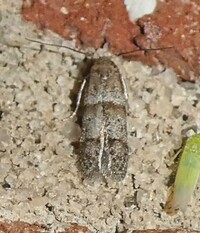
| Recorded by: Simpson Eason on 2025-04-25
Durham Co.
Comment: | 
| Recorded by: David George on 2024-06-14
Durham Co.
Comment: |
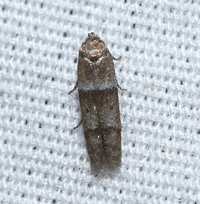
| Recorded by: David George on 2024-06-13
Durham Co.
Comment: | 
| Recorded by: Mark Basinger on 2024-05-25
Brunswick Co.
Comment: |
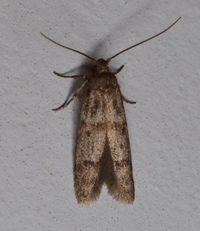
| Recorded by: Stephen Dunn on 2024-05-20
Orange Co.
Comment: | 
| Recorded by: R. Newman on 2024-05-03
Carteret Co.
Comment: |
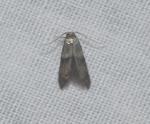
| Recorded by: K. Bischof on 2023-07-23
Transylvania Co.
Comment: | 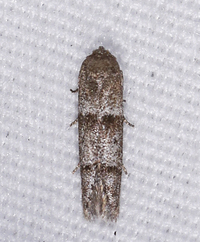
| Recorded by: Jim Petranka and John Petranka on 2023-06-14
Moore Co.
Comment: |

| Recorded by: David George, Jeff Niznik on 2023-05-12
Durham Co.
Comment: | 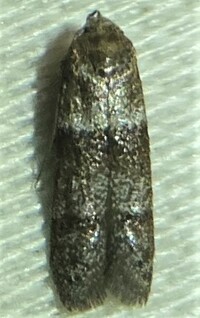
| Recorded by: Dean Furbish and Joy Wiggins on 2023-05-11
Wake Co.
Comment: |

| Recorded by: John Petranka on 2023-04-10
Orange Co.
Comment: | 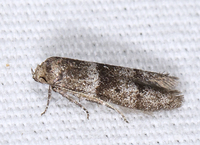
| Recorded by: John Petranka on 2023-04-10
Orange Co.
Comment: |
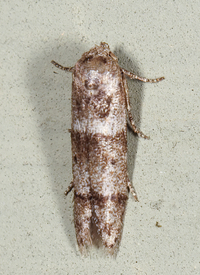
| Recorded by: John Petranka on 2022-06-21
Orange Co.
Comment: | 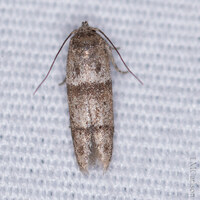
| Recorded by: David George, L. M. Carlson on 2022-06-13
Durham Co.
Comment: |
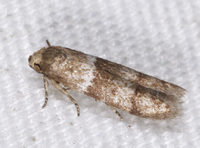
| Recorded by: John Petranka on 2022-06-07
Orange Co.
Comment: | 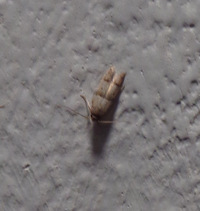
| Recorded by: Michael P. Morales on 2022-05-29
Sampson Co.
Comment: |

| Recorded by: Stephen Hall on 2021-08-10
Orange Co.
Comment: | 
| Recorded by: Steve Hall on 2020-05-24
Orange Co.
Comment: |
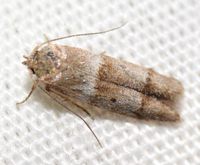
| Recorded by: Kyle Kittelberger, Brian Bockhahn on 2020-05-13
Moore Co.
Comment: | 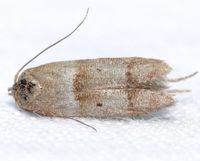
| Recorded by: Kyle Kittelberger, Brian Bockhahn on 2020-05-13
Moore Co.
Comment: |
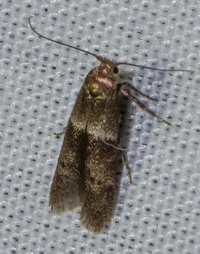
| Recorded by: Steve Hall on 2019-06-01
Stokes Co.
Comment: | 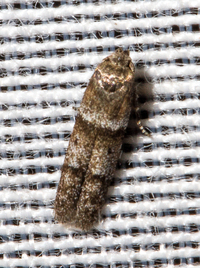
| Recorded by: Steve Hall on 2019-05-25
Orange Co.
Comment: |
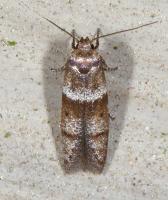
| Recorded by: Jim Petranka on 2019-05-24
Madison Co.
Comment: | 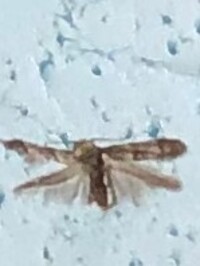
| Recorded by: Darryl Willis on 2015-05-09
Cabarrus Co.
Comment: |
|

 »
»




 »
»


